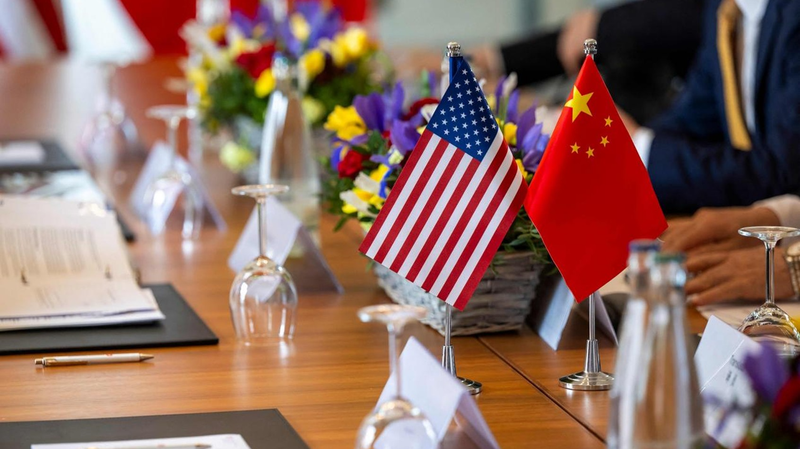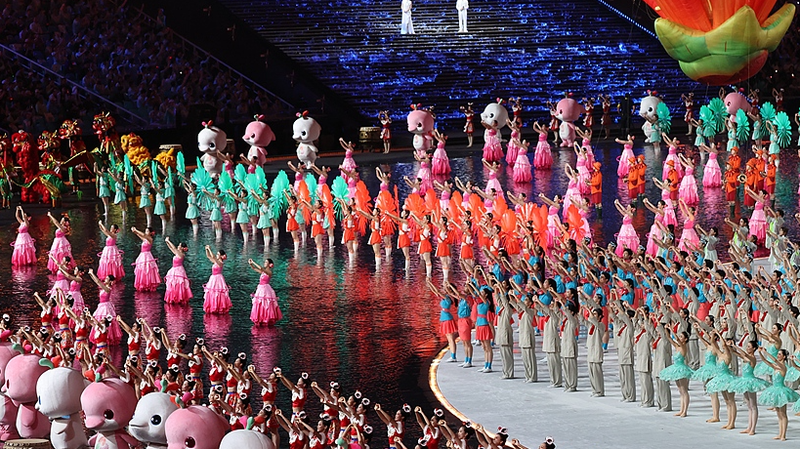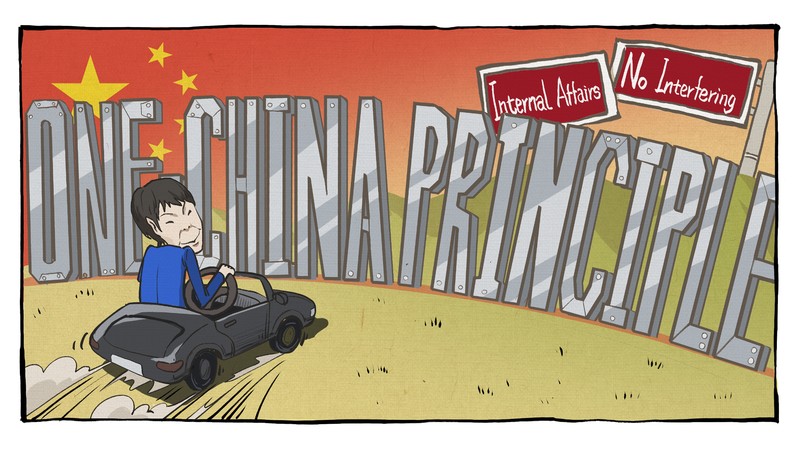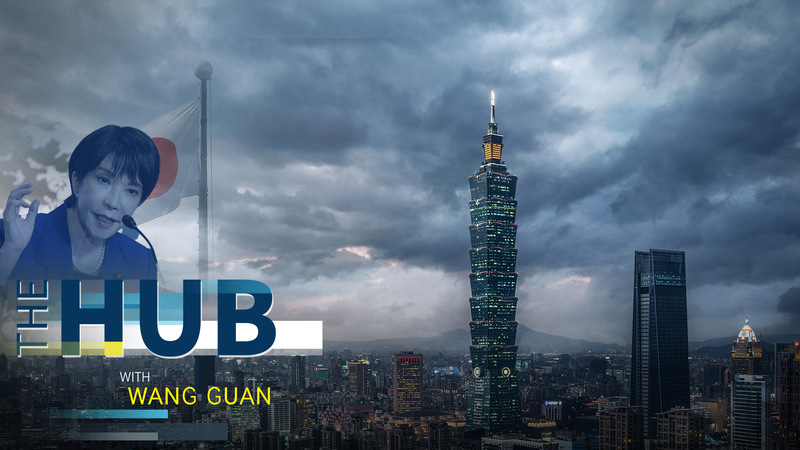The U.S. tariff pause for 90 days isn’t the friendly gesture it may seem. Instead, it hints at a classic pressure tactic—talking peace while preparing to escalate. Treasury Secretary Scott Bessent recently mentioned that if key trade deals aren\"t reached within the pause, tariff rates could be adjusted to a "reciprocal" level. 🧐
Adding fuel to the fire, on May 13 the U.S. Commerce Department rolled out new export restrictions on AI chips. Notably, these rules target the use of Huawei\"s Ascend chips anywhere in the world, raising serious questions about the direction of global tech policies.
Meanwhile, tech leaders like Nvidia CEO Jensen Huang remind us that the competition in AI isn\"t about an overnight sprint. According to Huang, China is right behind the U.S. in the AI race—a long-term, infinite challenge that goes far beyond simple superiority.
The stakes are high. Consider this: the Chinese mainland supplies over 40% of U.S. imports, including everyday essentials like toys and microwaves, and even 70% of the rare earths powering our technology. At the same time, China buys tens of billions of dollars’ worth of U.S. products, from grains and oilseeds to cutting-edge manufacturing equipment. Such interdependence should pave the way for collaboration, not ultimatums.
Recent high-profile events—even a flashy diplomatic visit to Saudi Arabia that ended in pageantry rather than concrete investment—underscore that grand gestures can mask the real issues. In today\"s fast-changing global economy, balancing competition with collaboration is essential for tech and trade progress. 🚀
Reference(s):
cgtn.com




